Succulents are very rewarding plants to grow and look great in most homes. That being said, it can be difficult to care for succulents properly, and you may face issues with your succulent due to no fault of your own. In this article, we’ll discuss why succulent leaves turn brown, yellow or black. The different colors can indicate different issues with your plant, and we’ll try to cover the most common reasons for these color changes in this post.
Why are my succulent leaves turning brown/yellow/black?
Succulent leaves may change color due to improper care, or due to issues in their environment. These can be things we can directly influence but may also be things we have a lot less influence on than we might like. The beautiful part of caring for plants is that you build a relationship with the plant over time and learn in what conditions they do best. Succulents are no different.
In perfect conditions, your succulent should maintain its normal colors, be that green like most succulents, or one of the many other colors that succulents can be. Very rarely can we create 100% perfect conditions unless we’re growing them in a controlled environment under lights, and even then there can be issues…
This often leads to succulent’s showing signs of distress, like their leaves turning a different color, be it yellow, brown or black.
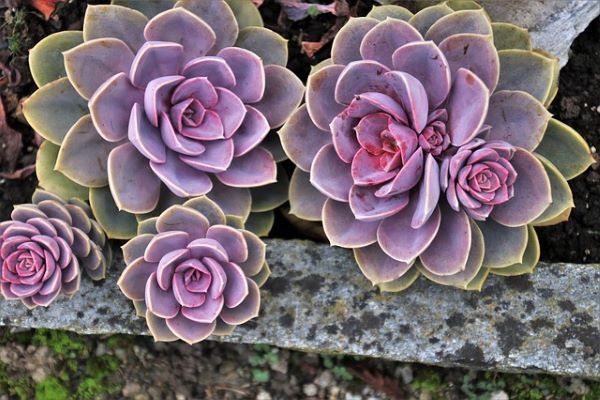
Luckily for us, caring for succulents isn;t about providing them with 100% perfect conditions all the time. After all, wild plants don’t enjoy the luxury of someone caring for them at all and will deal with issues in their environment, pretty much on a yearly basis. It’s our job as succulent growers to find out what’s causing these dicolorations in the leaves and then reacting accordingly to remove the issue in order for your plant to start thriving again.
Below, we’ve listed some of the most common causes of succulent leaf discoloration. Hopefully this will help you to diagnose the issue and to prevent it happening in future.
Note: Please remember that all plants are different and some people may see brown when another person sees yellow and visa-versa. Most of these causes could apply to both browning leaves and yellowing leaves, so make sure you consider all possible causes before jumping to a conclusion.
Different possible causes of succulent leaves turning yellow
Leaves turning yellow is very common amongst all types of plants, not just succulents. There are two main culprits for yellowing leaves, these are over/underwatering and nutrient deficiencies. We’ll discuss both below…
Watering
Leaves can turn yellow if you’ve overwatered or underwatered your succulent. This can be a confusing time as both too much and too little water can cause this to happen. Rootrot can make it even more confusing, since it is caused by overwatering but the rotting can prevent the uptake of water which in turn can lead to underwatering issues… Oh, the irony!
Yellow leaves are most commonly caused by overwatering, and you’ll notice the leaves become softer and “wet”/”squidgy”. If underwatered, the leaves will go dry and wrinkly, but this can often look the same when you don’t have a lot of experience with the succulent in question.
Always check if the soil is dry and try to remember when you last watered your succulent. This should be enough information to indicate whether it’s overwatered or underwatered. We’ve written a complete guide on the topic of watering, so make sure to check it out.
Watering more or less is an easy solution to yellowing leaves on your succulent, and you should see them back at full health in no time.
Malnutrition
Malnutrition isn’t that common since many succulents can survive in the same pot for years on end. Soil comes with nutrients already added to it so this isn’t a problem you’ll encounter very often. You can either add some fertilizer to the soil to prevent this or repot the plant. Repotting is often the easiest way as it prevents issues with over-feeding. Adding too much nutrients can increase the chances of root rot as well as rot on other parts of the plant.
As with watering, providing too much nutrients may also cause discoloration to the plant… Think carefully when diagnosing issues like this and respond in the best way possible. Don’t just assume it needs more nutrients or more water but actually check what the symptoms are. If you’re not sure, go with the safest option. In this case, it would be adding a little nutrients to the pot, or repotting the plant.
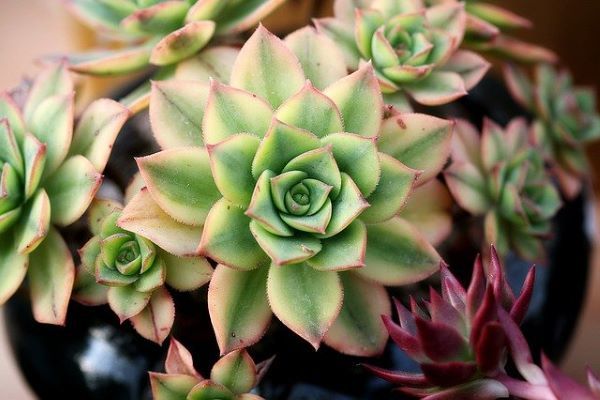
Here’s a checklist for diagnosing and fixing yellowing leaves on your succulents:
- Have you been watering your succulents too often, or not enough? (check a care guide & account for whether your plant is in a hot or cold location)
Either stop watering for a while until the soil has been completely dry for a few days or water your succulent if you suspect watering issues to be causing it. Check out our guide on watering succulents for more information.
- How long have you had your succulent and when was the last time you provided them with nutrients?
If you’ve had the plant for a few years and suspect it to be undernourished, give it a small amount of nutrients or repot the plant. If you’ve just added more nutrients to the pot and you suspect you’ve given the plant too much, then either repot the plant or flush it extra well when it’s next due for a watering. By allowing more water to run through the holes are the bottom of the pot you can wash away more of the nutrients.
Causes of leaves turning brown
Uccuents leaves turning brown often indicates a burn of some kind. If you’ve just moved the plant into direct sunlight, you may see leaves start to burn. However, this is not the only way your succulent’s leaves may start to burn. If you have a succulent that likes direct sunlight, it’s important to water the plant carefully, and only to water them at the end of the day when it’s getting dark or the plant is in the shade. Water on the leaves can intensify the sun which makes the plant more prone to burning.
Garden mirrors, plastic or other reflective surfaces in your garden, or even in a neighbours garden can also cause plants to burn. Ponds and windows can also cause more sun to reflect onto your plants which may cause them to burn more quickly. Reflective surfaces tend to reflect light unevenly and can cause hotspots. It’s not common for this to cause issues, but it can be very confusing when it does as it can lead to a plant burning while also not getting enough sunlight at the same time.
Imagine that!
Another reason that your succulent’s leaves may turn brown is due to underwatering the plant. This is an easy issue to diagnose and fix, since you know how often you water the plant and can check a care guide to see if it’s inline with what is recommended.
Tip
Keep in mind that succulents in sunnier/warmer areas are going to need water more often due to a lot of the moisture evaporating. Always check the soil before watering and make sure it’s completely dry before providing the pant with more water. Watering too often can cause roots to rot which can be a very difficult problem to fix!
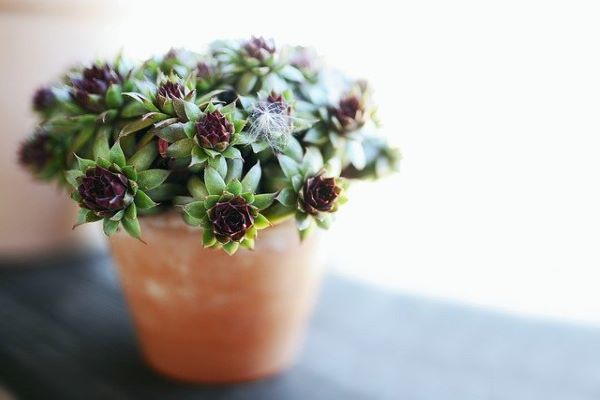
What to do if leaves are turning brown
Here is a simple checklist you can follow to find out why your succulents leaves may have turned yellow and to fix the issues as soon as possible:
- Have you moved the succulent into a spot that receives more light?
If you answer yes tot his question, move your succulent somewhere it will receive less direct sunlight, or provide it with some shade by placing another plant or an object above/beside it so it receives less direct sunlight.
- Are there any new reflective surfaces near the plant that may be causing hotspots?
Yes? Then either move the succulent or find a way of stopping light from travelling from this reflective surface to the plant.
- Has water gotten onto the leaves during or right before strong direct sunlight?
If you answer yes to this question, there’s not much you can do anymore apart from not doing it again. The plant should recover.
- When’s the last time you watered the plant and is the soil dry?
If the plant is due some water, then water it! You could see a fast recovery if this is what’s causing it. Be careful not to overwater the plant though, always water your plant correctly!
What causes succulent leaves to go black?
Leaves turning black is a sign of rot and can be a sign of a troublesome time ahead. Rot is notoriously difficult to deal with, especially for new growers. Rot is often caused by the plant being kept in too wet conditions for a long time. Overwatering the plant can cause roots to rot as well as providing too much nutrients to the plant.
Rotting roots can often be smelled when you take a whiff of the soil, but this isn’t always the case. If your succulent is experiencing root rot, you need to allow the soil to dry fully and remain dry for a few days before watering. When you water the plant, make sure to allow all excess water to drain.
Plants sitting in old water can die very quickly, and the leaves will turn brown or black within a few days. If you haven’t allowed the excess water to run away when watering the plant, you should notice a nasty-smelling pool of water in the outer pot when you lift up the inner pot. If this is the case, remove this water as soon as you can.
Another reason why leaves may be turning black is simply because the leaf has died. Sometimes, a leaf will discolor and fall off, causing it to get progressively darker once it’s dead. If it’s a dead leaf, there’s nothing to worry about! Just remove the leaf and keep an eye on the plant to ensure it’s just a leaf you didn’t notice dying instead of a larger issue.
Bear in mind that dead leaves take a while to go black, and often turn yellow or brown and fall off the plant well before turning black. It’s up to you to judge whether it is just a dead leaf or there may be a larger issue causing it.
What can I do to prevent it from getting worse?
To prevent your succulent’s leaves from discoloring any more, it’s important to take action as soon as possible. Taking the right action can be even more important though, so don’t rush into something because you think it might help. The last thing your succulent needs is for the problem to be made even worse.
Check out a care guide as well as our guide to watering succulents to ensure you’re taking the right steps.
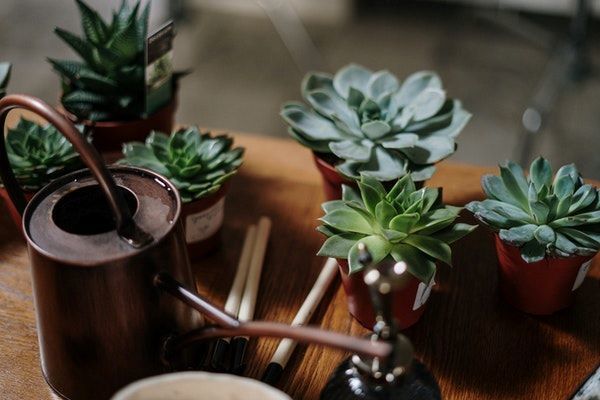
Conclusion
Succulent leaves turning yellow, brown or black usually aren’t the end of the world. However, it’s important you take the correct actions in order to prevent the leaf discoloration from getting any worse. If you’re unsure, check a care guide and follow the checklists provided in this post!
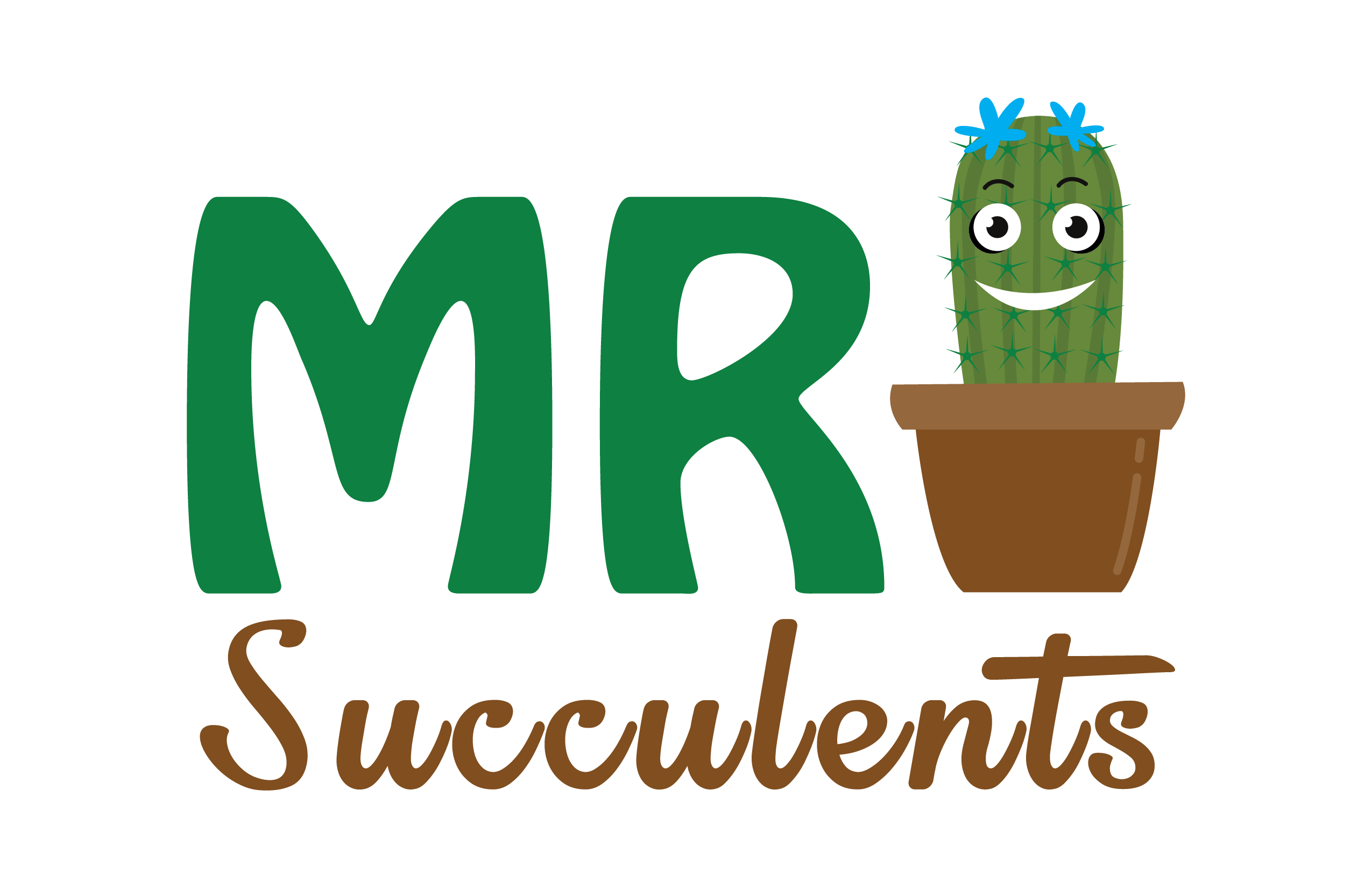
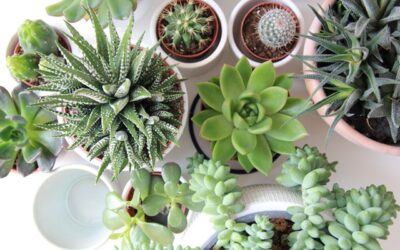
0 Comments